Harvesting Juneberries: How And When To Pick Juneberries
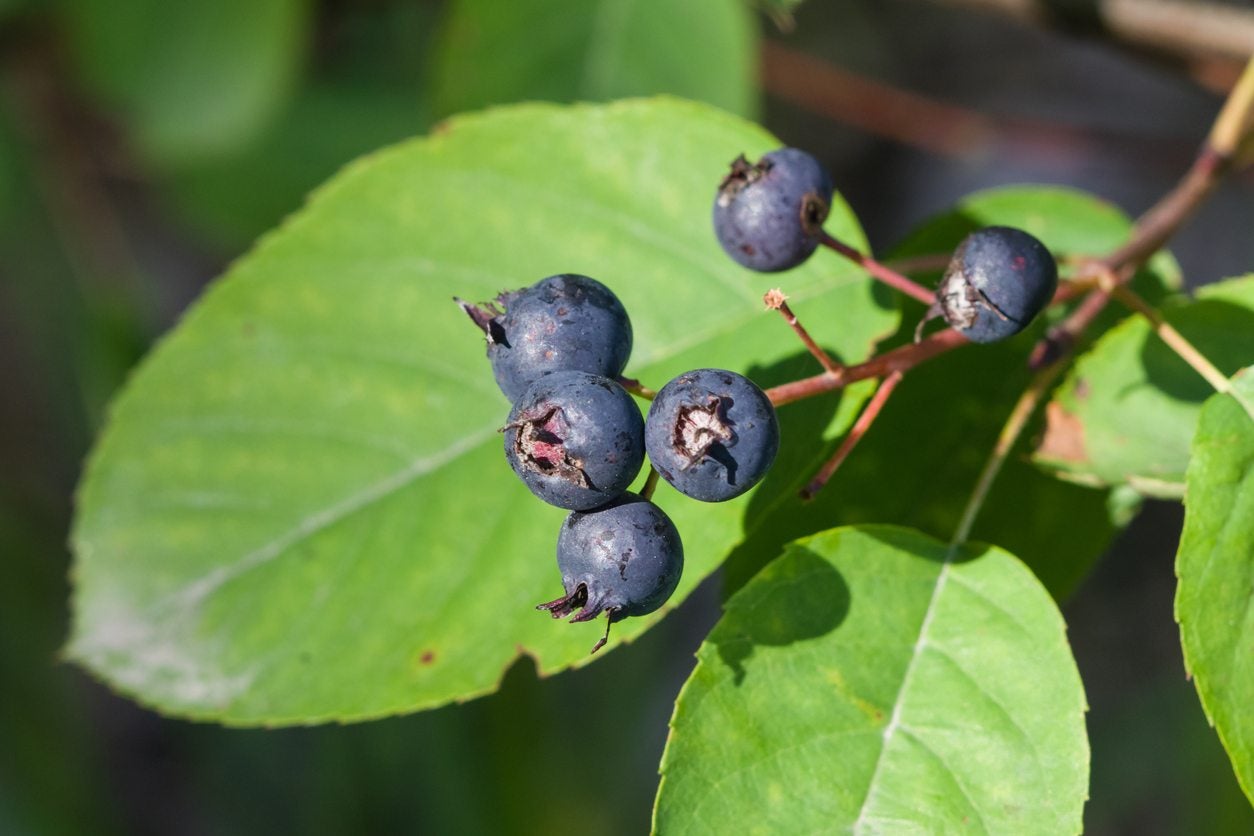

Juneberries, also known as serviceberries, are a genus of trees and shrubs that produce an abundance of edible berries. Extremely cold hardy, the trees can be found all across the United States and Canada. What do you do with all that fruit? Keep reading to learn more about how and when to harvest juneberries, and how to use juneberries in the kitchen.
When to Pick Juneberries
There’s a secret clue to juneberry harvest time. Have you spotted it? Juneberries tend to be ready to pick sometime around – wouldn’t you know it – June (or July) here in the U.S. Of course, the plants have a very broad range (across most of North America), so the exact time for harvesting juneberries varies somewhat. As a rule, the plants bloom in early spring. The fruit should be ready to pick 45 to 60 days after that. The berries ripen to a dark purple color and look a lot like a blueberry. When ripe, the fruits taste mild and sweet. Keep in mind that birds also love eating juneberry fruit, so it may be worth your while to put up nets or cages over your bush if you want a substantial harvest.
How to Use Juneberries
Juneberry fruit is popularly eaten fresh. It can also be made into jellies, jams, pies, and even wine. If picked when just a little underripe, it has a tartness that translates well into pies and preserves. It also has a higher vitamin C content. If you’re planning to eat the berries plain or squeeze them for juice or wine, however, it’s best to let them get dead ripe (dark blue to purple and a little bit soft) before picking them.
Gardening tips, videos, info and more delivered right to your inbox!
Sign up for the Gardening Know How newsletter today and receive a free copy of our e-book "How to Grow Delicious Tomatoes".

The only child of a horticulturist and an English teacher, Liz Baessler was destined to become a gardening editor. She has been with Gardening Know how since 2015, and a Senior Editor since 2020. She holds a BA in English from Brandeis University and an MA in English from the University of Geneva, Switzerland. After years of gardening in containers and community garden plots, she finally has a backyard of her own, which she is systematically filling with vegetables and flowers.
-
 Get Ready For A Summer Of Hummers! Grow These Full Sun Hummingbird Plants and Flowers
Get Ready For A Summer Of Hummers! Grow These Full Sun Hummingbird Plants and FlowersIf you’re lucky enough to enjoy a sunny backyard, make sure you are maxing out on your pollinator opportunities and grow these full sun hummingbird plants and flowers
By Tonya Barnett
-
 12 Lush Alternatives To A Lawn For Sustainable Spaces
12 Lush Alternatives To A Lawn For Sustainable SpacesAlternatives to a lawn are beautiful and also beneficial to your local ecosystem and its pollinators. Explore our top picks for plants to replace grass.
By Tonya Barnett
-
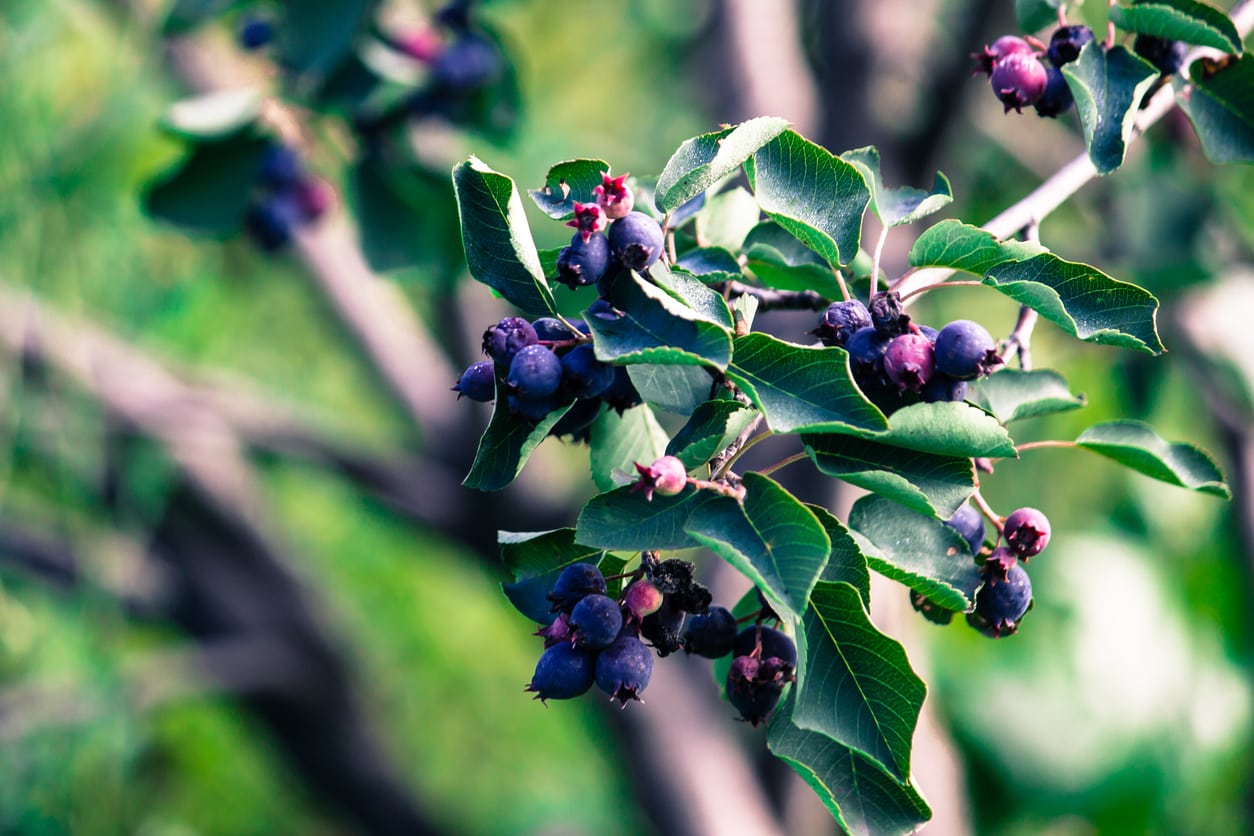 What Is A Saskatoon – Learn About Growing Saskatoon Bushes
What Is A Saskatoon – Learn About Growing Saskatoon BushesSaskatoon shrubs are attractive plants that bloom in spring and produce scads of bluish-purple Saskatoon berries in summer. Reminiscent of cherry with a hint of almond, the berries are rich in protein, fiber and antioxidants. Learn more about them in this article.
By Mary H. Dyer
-
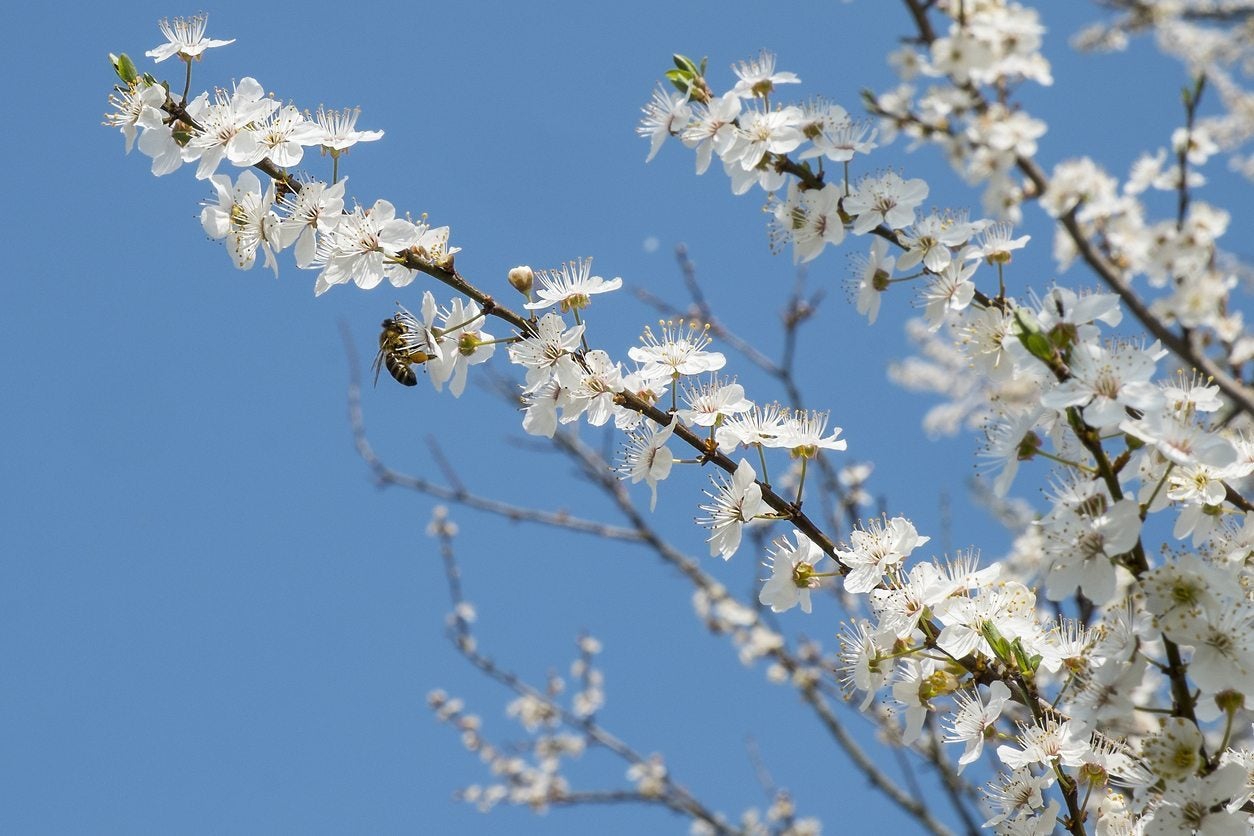 Allegheny Serviceberry Care – What Is An Allegheny Serviceberry Tree
Allegheny Serviceberry Care – What Is An Allegheny Serviceberry TreeAllegheny serviceberry is a great choice for a small decorative tree. With just a little basic Allegheny serviceberry info and care, you can add this tree to your landscape with great results. The following article can help get you started.
By Mary Ellen Ellis
-
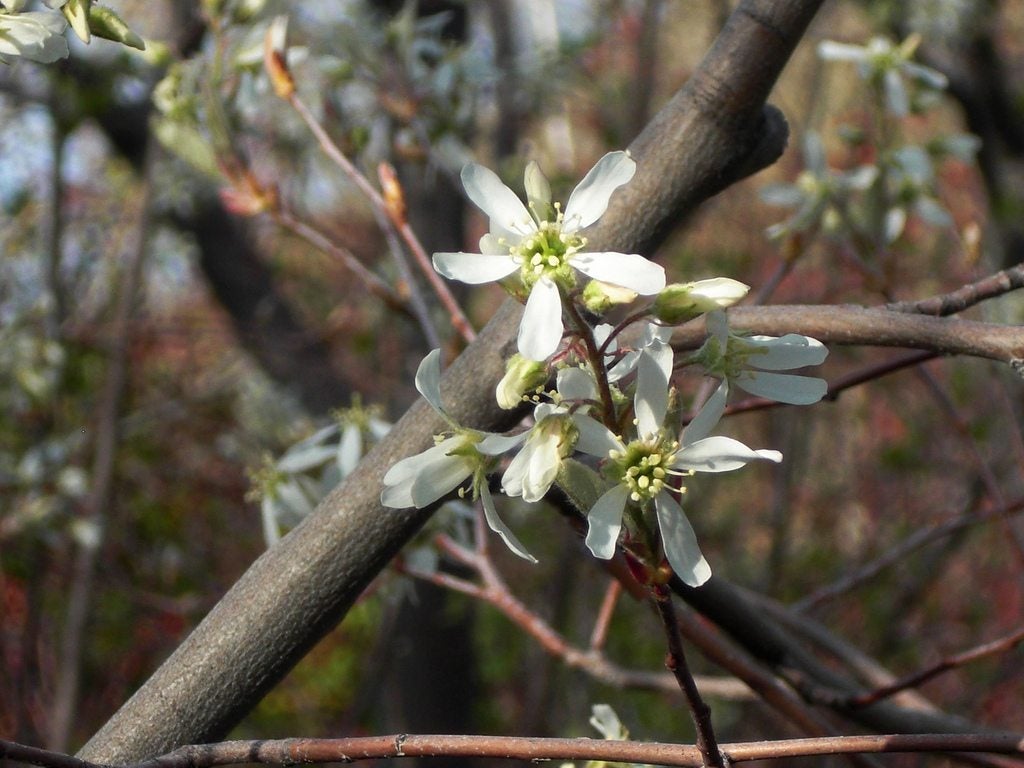 Care For Serviceberry Trees: Growing Autumn Brilliance Serviceberries
Care For Serviceberry Trees: Growing Autumn Brilliance ServiceberriesLooking for a small tree/shrub with brilliant fall color to liven up the landscape this autumn? Consider the aptly named serviceberry, "Autumn Brilliance", which sports gorgeous orange/red fall color and is disease resistant. Learn more here.
By Amy Grant
-
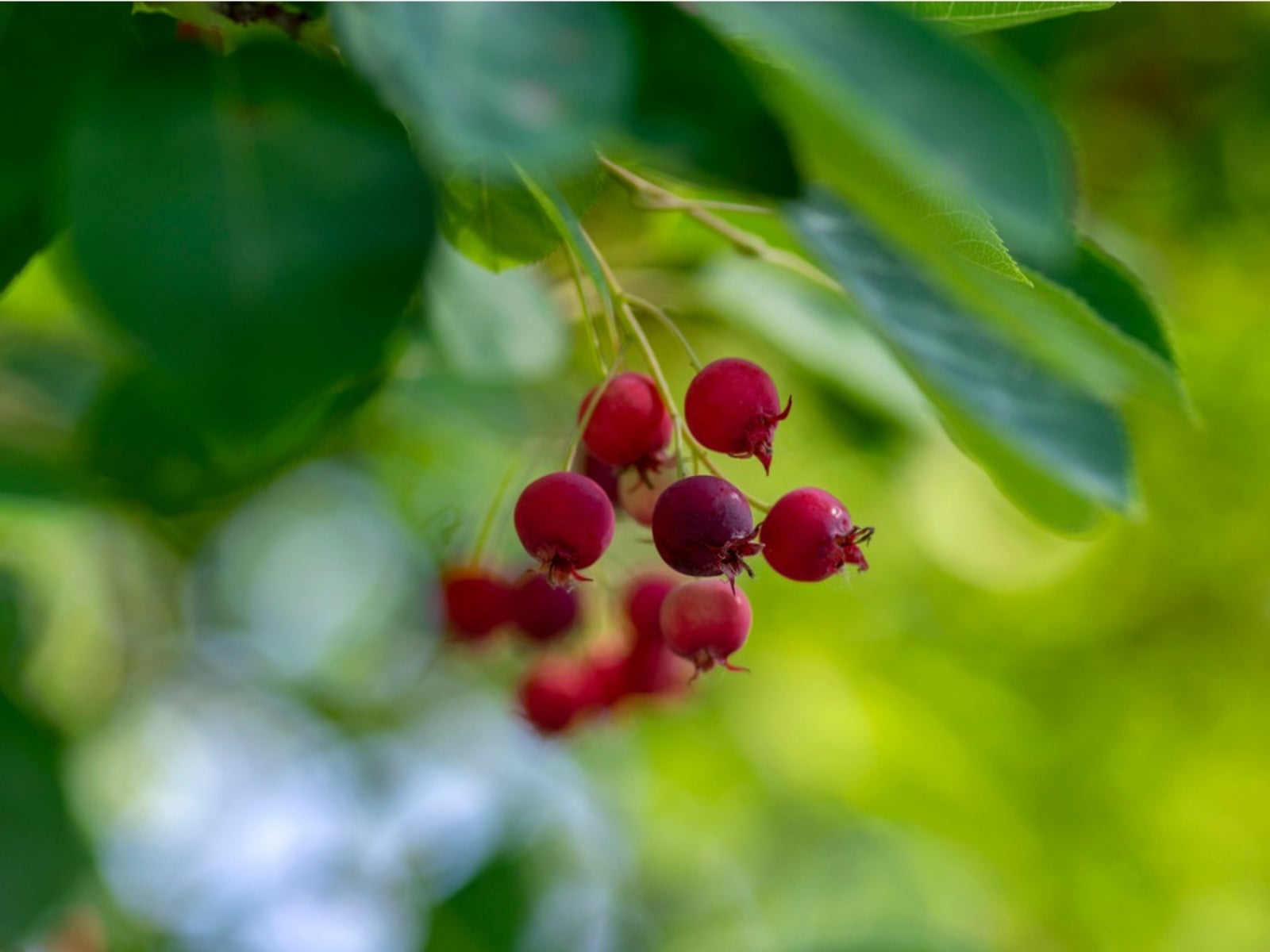 What Is A Serviceberry: Growing And Care Of Serviceberries
What Is A Serviceberry: Growing And Care Of ServiceberriesHarvested serviceberry fruit can be a delightful treat and growing serviceberry trees is easy to do. Learn more about the care of serviceberries in the landscape by reading the information in this article.
By Susan Patterson